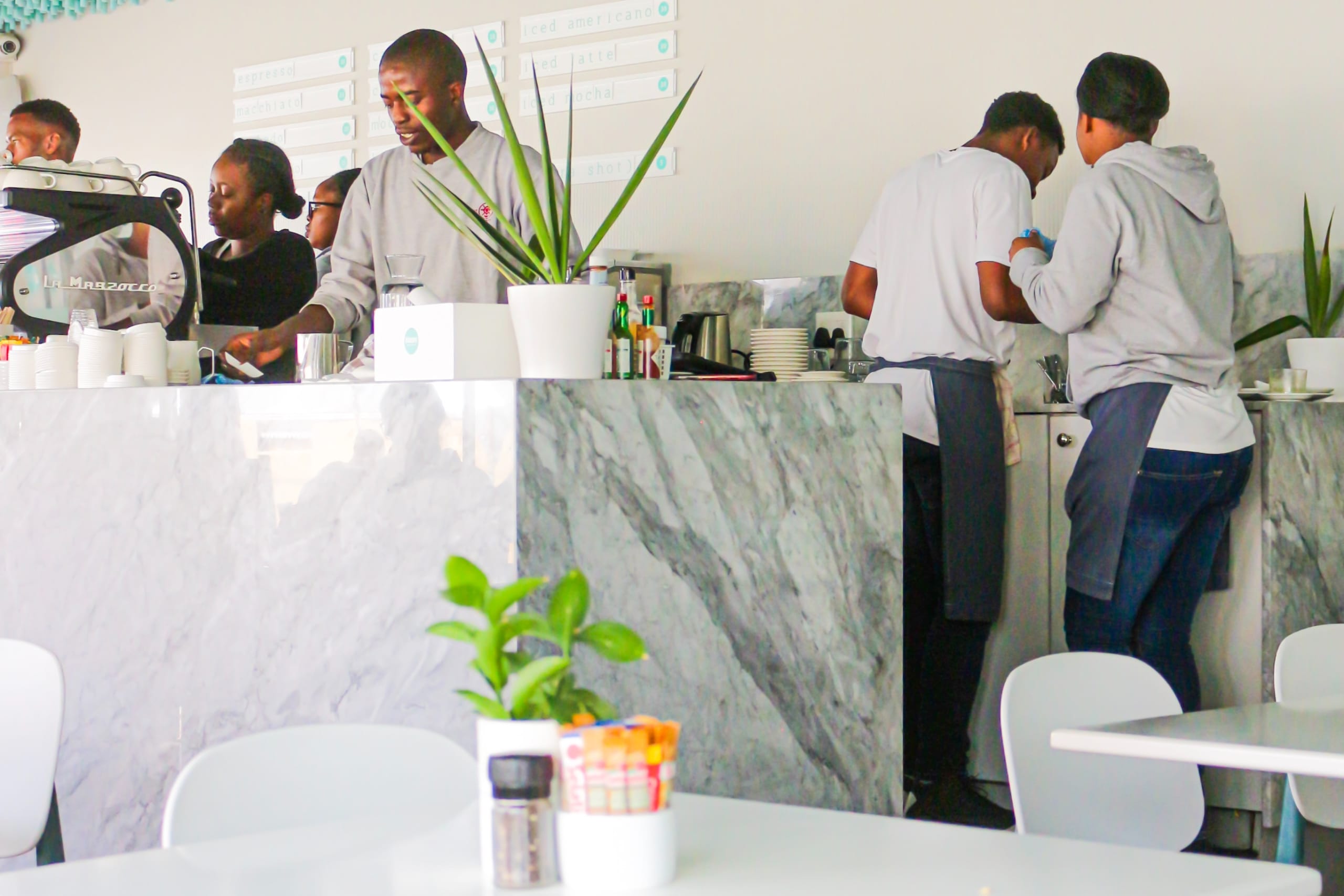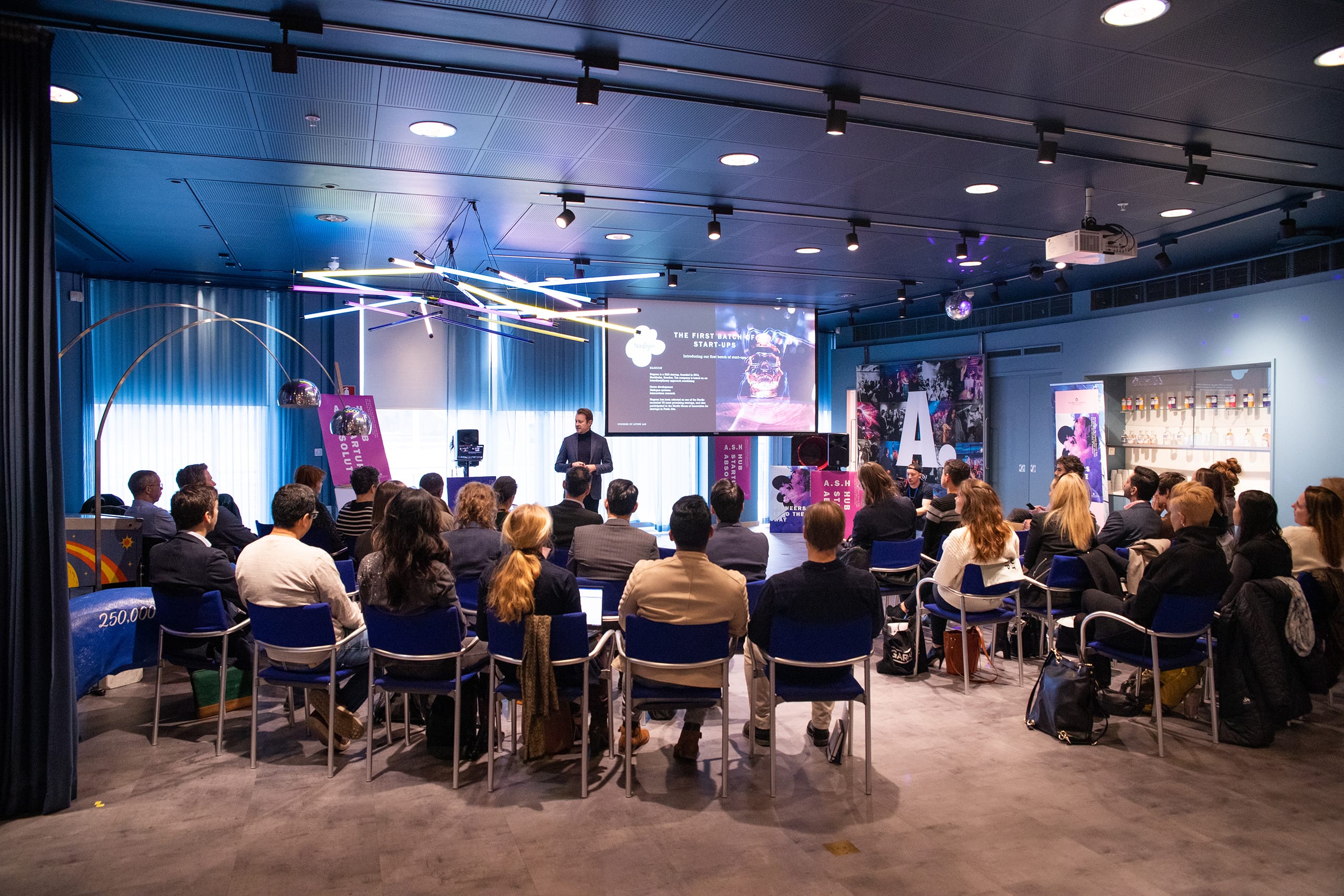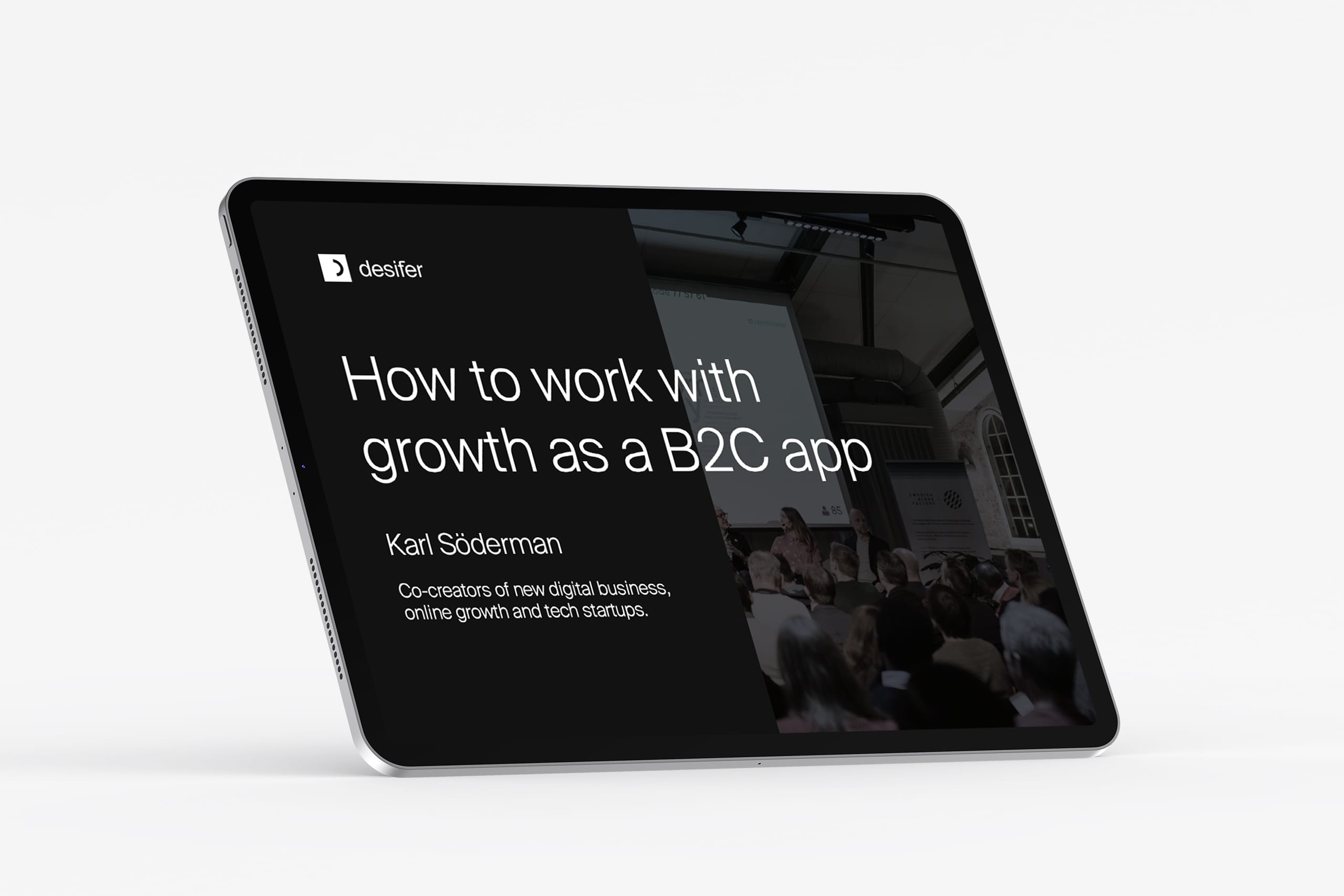Strategy
Written by Joel Sunnehall
October 4, 2023
Drivers, openness and entrepreneurship: Silicon Valley versus Sweden with Annika Steiber
Tell us about yourself: what’s your background and what do you do today?
I have spent the last 20 years researching and working in the field of innovation and management at some of the world’s largest and most innovative companies. My fascination around innovation started when I was studying to become an engineer at Chalmers University of Technology in Gothenburg.
As I neared the end of my studies, I became increasingly interested in the management of innovation and new technologies within businesses and continued to pursue a doctorate. At the time, there was a significant lack of research on management innovation, and it became my specialization. This field of study focuses on how to manage a company to increase its innovation capabilities, and thereby its technological innovations, growth and competitiveness.

Dr. Annika Steiber, professor, keynote speaker, advisor, and author.
You are the creator of the book the Silicon Valley Model. Could you share the backstory of your work?
My specialization in management innovation led me to study Silicon Valley companies to identify the factors that contributed to their capabilities to innovate and achieve success. Google was considered one of the world’s most innovative and exciting companies at the time, making it the perfect place to conduct research on innovation capabilities. As a scientist from Gothenburg, it was not easy to gain access to Google, but I managed to get in and gained unique insight into their innovation culture. This was the first time such a study had been conducted at Google, and possibly even in the world.
My time at Google led to my first book on innovation management; The Google Model. I quickly realized that Google’s innovative power was not unique, but rather that there was something special about Silicon Valley. So, I repeated the process at other companies in the region, such as Tesla, LinkedIn, and Facebook, and found that they all shared a similar approach to innovation and growth.
Later I also got to explore the innovation capabilities at leading companies in other parts of the world, such as Haier, Alibaba, and Tencent in China. Today I have contributed to 16 books on the topic.
Innovation is essential to survive in the digital age, especially now with AI. What are the differences in how American and Swedish companies are dealing with this new reality?
I believe the differences between entrepreneurs and tech startups in different countries are getting less significant. The reason is that the entrepreneurial mindset and skill set today are available all over the world, not only in Silicon Valley, which could be viewed as the birthplace or cradle for this mindset and skills.
The difference is in large corporations’ mindset and way of working in Silicon Valley versus Sweden. In Silicon Valley, every company knows that if they miss the next wave of technology, they might vanish from Fortune 500 and they will lose their world leading position. In Sweden, on the other hand, I experience that larger companies are a bit more relaxed and instead of being driven by paranoia, they in some cases are driven by directions and funds provided by the local government or EU. As a result, many new initiatives, such as co-create with tech startups, are treated as ‘experiments’, rather than as a strategic and integrated part of the company’s normal way of working.
Another major difference is that in Silicon Valley, it is common to acquire tech startups in order to get access to IP and competence, and keep a market leading position in a fast moving world. It’s happening all the time in the Silicon Valley tech industry – at Facebook, Microsoft, and Google. Here, acquisitions are seen as a way to innovate and grow quickly. However, in Sweden, acquisition of tech companies to access technologies is not as common and does not occur at the same rate. They tend to be a bit more cautious in using their substantial cash assets to acquire innovative powers and technologies.
Perhaps Swedish large corporations should ask themselves if it would be a higher return on investment if they acquired new technologies rather than aiming to develop everything in house? Further, would this positively affect their market cap?
It sounds like the most significant disparity is between the established companies in Sweden and those in Silicon Valley. Is that right?
I believe that many of the Swedish tech firms are quite similar to US companies in their approach to innovation. The main mistake I frequently observe among established Swedish companies is their reluctance to embrace external innovation as part of their normal research and development process. The large companies in Silicon Valley are in contrast open to innovation from outside. Interestingly, the Silicon Valley firms seem to become more open the more mature the companies become. Important, though, is that the corporations build this mindset and skill set internally in order to not become completely dependent on external organizations, to whom the corporations could outsource this strategic work.
In terms of incentive systems, there is also a significant difference between Silicon Valley and Sweden. In Silicon Valley, new hires expect equity as part of their compensation model in the tech company where they are to be hired. This is still less common in Sweden.
How does the way employees are compensated affect their behavior? Are there any mechanisms that make people particularly well-suited to handling innovation?
Scientific research has found that both intrinsic and extrinsic motivation are important. However, there is a lack of evidence that extrinsic incentives, such as money or prizes, lead to more or better innovation. True innovators seem instead to be driven by other factors, such as the desire to solve problems and make a difference in the world. These intrinsic motivators are much more important than extrinsic ones for innovation.
However, equity as an extrinsic incentive has shown to be of importance for employees’ creativity and number of innovations. It is critical to understand that there is a significant difference between just working and creating something. Being part of creating something ignites passion, which fuels transformative change. Anyone who has ever built something knows the euphoric feeling it can evoke.
In any company, there will always be a mix of mere employees, intrapreneurs, and true entrepreneurs. Employees are often happy with a fixed salary and leaving work at a set time every day, but intrapreneurs and entrepreneurs in a company will often go above and beyond to break new ground and achieve something they strongly believe in. Equity could then be a great way to reward these employees for the added value they create. (Read more on this topic in Annika Steiber’s article).
What additional changes should established Swedish companies implement to enhance their innovativeness and competitiveness?
To stay ahead of the competition, established companies must constantly strive to be the best in their segment and industry. It may seem obvious, but doing so requires constantly betting on new initiatives, being open to new innovations around the world, and quickly deciding whether to buy, build, or partner. Most importantly, it is not enough to do this once; it must be an ongoing process in which you develop the ability to build parallel businesses. It is crucial to embrace portfolio thinking because some initiatives will inevitably fail.
If you could solve true problems with AI today, most larger corporations would utilize the value generated from this innovation as part of their core business. However, there is no reason why it cannot become a standalone venture. If your own corporation has this problem, why not assume that many companies have the same problem? It is almost impossible to build a significant business venture within an existing core business. However, by allowing your initiative to grow independently – selling it to real customers in the real market – you have the potential to create new unicorns. Embracing this way of thinking is probably the most important advice I would give to Swedish companies.









































































